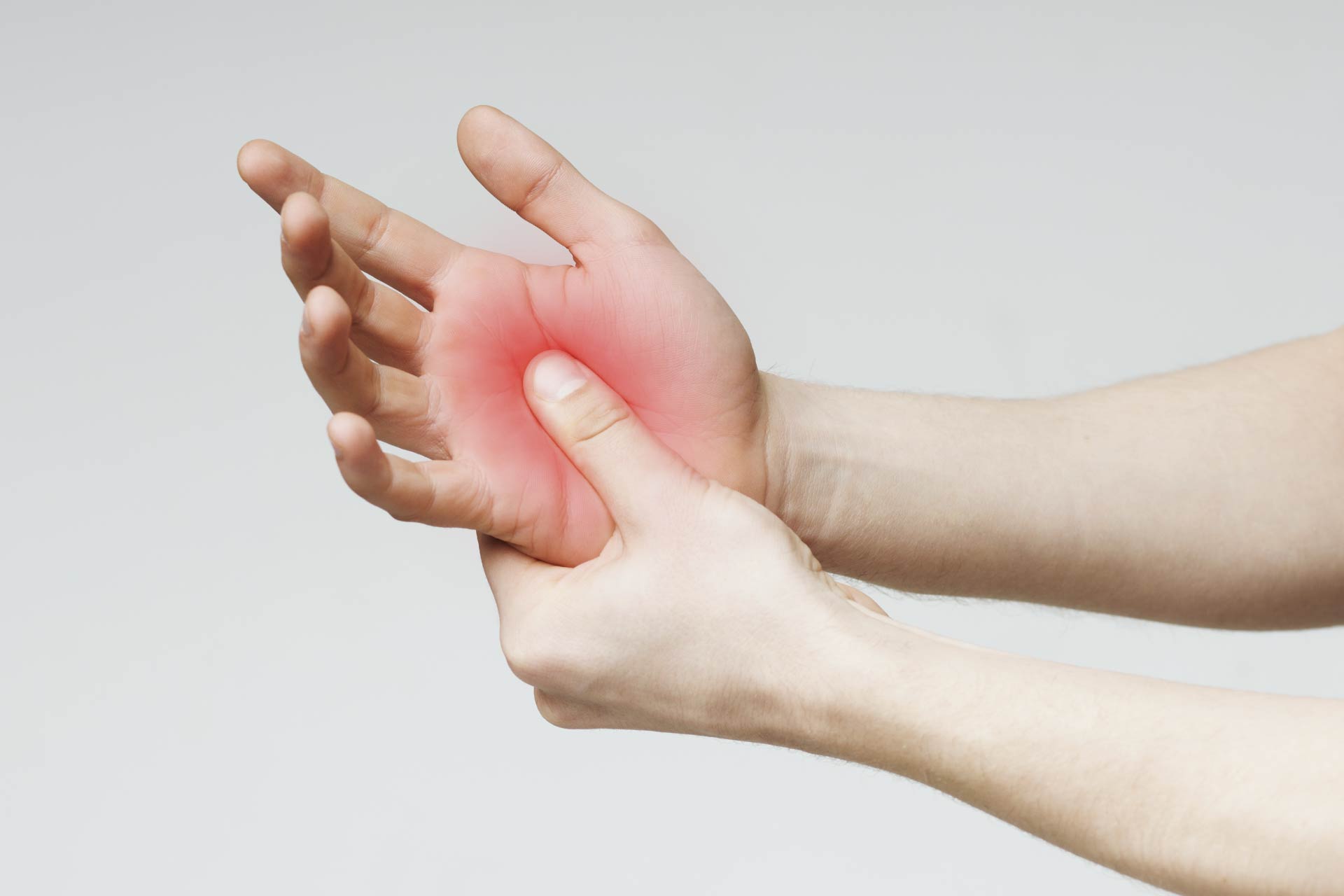• Chemo pain
• Bacteria and immune cells
What is already known on this topic
Peripheral neuropathy, or pain in the hands and feet, is a common side-effect of anti-cancer drugs that can drastically impact a patient’s quality of life, so much so that they choose to stop treatment. While there’s growing evidence that gut microbes can influence the development of peripheral neuropathy, little is known about the mechanisms that drive chemotherapy-induced pain.What this research adds
By studying mice that exhibit significant differences in their susceptibility to chemotherapy-induced pain, researchers found that the rodents’ gut bacteria, rather than their genetics or physiology, are the key factors to determine chemotherapy-induced pain. The anti-cancer drug Paclitaxel decreased the abundance of Akkermansia muciniphila and other bacteria, which have been shown to promote the functioning of the gut barrier.Conclusion
The findings could help to determine how gut microbes promote peripheral neuropathy and lead to the development of new microbiota-derived therapies for chemotherapy-induced pain.
Over the past few decades, scientists have linked the gut microbiota to dozens of conditions—from obesity to cancer. Gut microbes seems to influence not only the efficacy of certain anti-cancer drugs but also the development of peripheral neuropathy, or pain in the hands and feet, which is a common side-effect of chemotherapy. Now researchers have started to figure out how gut bacteria contribute to chemotherapy-induced pain.
The findings, published in Scientific Reports, could help to determine how gut microbes promote peripheral neuropathy and lead to the development of new microbiota-derived therapies for chemotherapy-induced pain.
“Chemotherapy has significantly increased the survival rate for multiple cancers,” the researchers say. But adverse effects such as peripheral neuropathy can drastically impact a patient’s quality of life, so much so that they choose to stop treatment. And while there’s growing evidence that gut microbes can influence the development of peripheral neuropathy, little is known about the mechanisms that drive chemotherapy-induced pain, the authors add.
So Edouard Cantin at the Beckman Research Institute of City of Hope and his team set out to study two groups of mice that exhibit significant differences in their susceptibility to chemotherapy-induced pain.
Chemo pain
The researchers first gave the two groups of rodents an anti-cancer drug called Paclitaxel. Then, the team tested the animals’ sensitivity to heat and cold and to mechanical stimuli. As expected, sensitive mice showed symptoms of chemotherapy-induced pain, whereas resistant mice didn’t.
Next, the researchers treated the sensitive mice with antibiotics to deplete their gut microbiota. After antibiotic treatment, sensitive mice became more resistant to chemotherapy-induced pain. The same effect was achieved when the sensitive mice were given gut bacteria from the resistant mice. “These data show that the gut bacteria are critical for induction of Paclitaxel neuropathy symptoms,” the researchers say.
Bacteria and immune cells
The team also found that microglia, the brain-resident immune cells, proliferated in the spinal cords of Paclitaxel-treated rodents that carried the microbiota from sensitive mice, but not in those that carried the microbiota from resistant mice.
What’s more, the researchers identified bacterial species whose abundances correlated with microglia levels and pain. For example, members of the Porphyromonadaceae bacterial family were associated with fewer microglia and reduced pain. These findings, the authors say, support the idea that microglia are responsible for Paclitaxel-induced pain, and that gut bacteria contribute to the drug’s side-effect.
Further experiments showed that Paclitaxel decreased the abundance of Akkermansia muciniphila bacteria, which have been shown to promote the functioning of the gut barrier. “This in turn supports our global hypothesis where chemotherapy causes barrier dysfunction resulting in increased systemic exposure to bacterial products and metabolites, which promotes systemic inflammation that drives pain sensitivity,” the researchers say.









